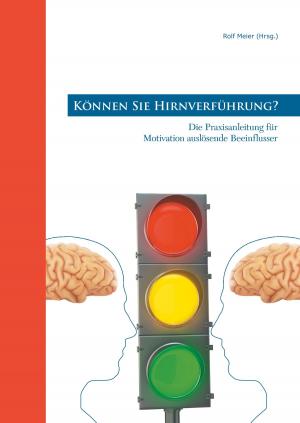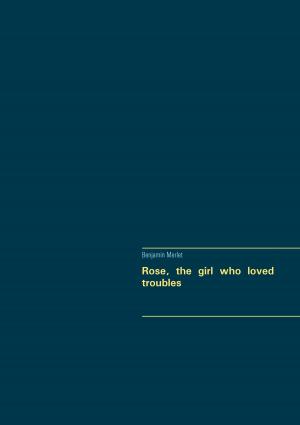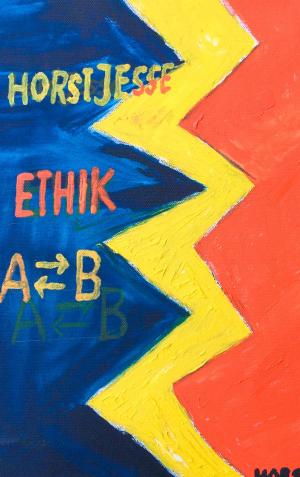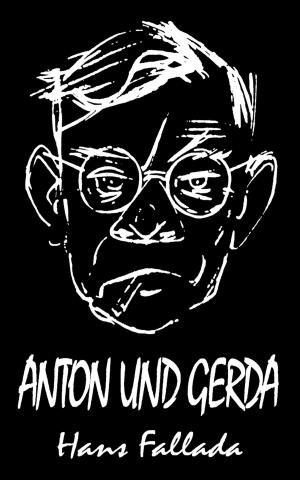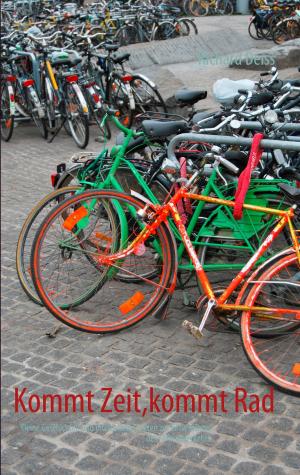Graffiti and Street Art
I think graffiti writing is a way of defining what our generation is like.
Nonfiction, Social & Cultural Studies, Social Science| Author: | Heinz Duthel | ISBN: | 9783734768163 |
| Publisher: | Books on Demand | Publication: | February 24, 2015 |
| Imprint: | Language: | English |
| Author: | Heinz Duthel |
| ISBN: | 9783734768163 |
| Publisher: | Books on Demand |
| Publication: | February 24, 2015 |
| Imprint: | |
| Language: | English |
Graffiti and Street Art "I think graffiti writing is a way of defining what our generation is like. Excuse the French, we're not a bunch of p---- artists. Traditionally artists have been considered soft and mellow people, a little bit kooky. Maybe we're a little bit more like pirates that way. We defend our territory, whatever space we steal to paint on, we defend it fiercely." In 1993 in Singapore, after several expensive cars were spray-painted, the police arrested a student from the Singapore American School, Michael P. Fay, questioned him and subsequently charged him with vandalism. Fay pleaded guilty to vandalizing the car in addition to stealing road signs. Under the 1966 Vandalism Act of Singapore, originally passed to curb the spread of communist graffiti in Singapore, the court sentenced him to four months in jail, a fine of S$3,500 (US$2,233), and a caning. The New York Times ran several editorials and op-eds that condemned the punishment and called on the American public to flood the Singaporean embassy with protests. Although the Singapore government received many calls for clemency, Fay's caning took place in Singapore on 5 May 1994. Fay had originally received a sentence of six lashes of the cane, but the then President of Singapore Ong Teng Cheong agreed to reduce his caning sentence to four lashes. Tony Blair signed a charter which stated: Graffiti is not art, it's crime. On behalf of my constituents, I will do all I can to rid our community of this problem. However, in the last couple of years the British graffiti scene has been struck by self-titled 'art terrorist' Banksy, who has revolutionized the style of UK graffiti (bringing to the forefront stencils to aid the speed of painting) as well as the content; making his work largely satirical of the sociological state of cities, or the political climate of war, often using monkeys and rats as motifs.
Graffiti and Street Art "I think graffiti writing is a way of defining what our generation is like. Excuse the French, we're not a bunch of p---- artists. Traditionally artists have been considered soft and mellow people, a little bit kooky. Maybe we're a little bit more like pirates that way. We defend our territory, whatever space we steal to paint on, we defend it fiercely." In 1993 in Singapore, after several expensive cars were spray-painted, the police arrested a student from the Singapore American School, Michael P. Fay, questioned him and subsequently charged him with vandalism. Fay pleaded guilty to vandalizing the car in addition to stealing road signs. Under the 1966 Vandalism Act of Singapore, originally passed to curb the spread of communist graffiti in Singapore, the court sentenced him to four months in jail, a fine of S$3,500 (US$2,233), and a caning. The New York Times ran several editorials and op-eds that condemned the punishment and called on the American public to flood the Singaporean embassy with protests. Although the Singapore government received many calls for clemency, Fay's caning took place in Singapore on 5 May 1994. Fay had originally received a sentence of six lashes of the cane, but the then President of Singapore Ong Teng Cheong agreed to reduce his caning sentence to four lashes. Tony Blair signed a charter which stated: Graffiti is not art, it's crime. On behalf of my constituents, I will do all I can to rid our community of this problem. However, in the last couple of years the British graffiti scene has been struck by self-titled 'art terrorist' Banksy, who has revolutionized the style of UK graffiti (bringing to the forefront stencils to aid the speed of painting) as well as the content; making his work largely satirical of the sociological state of cities, or the political climate of war, often using monkeys and rats as motifs.



